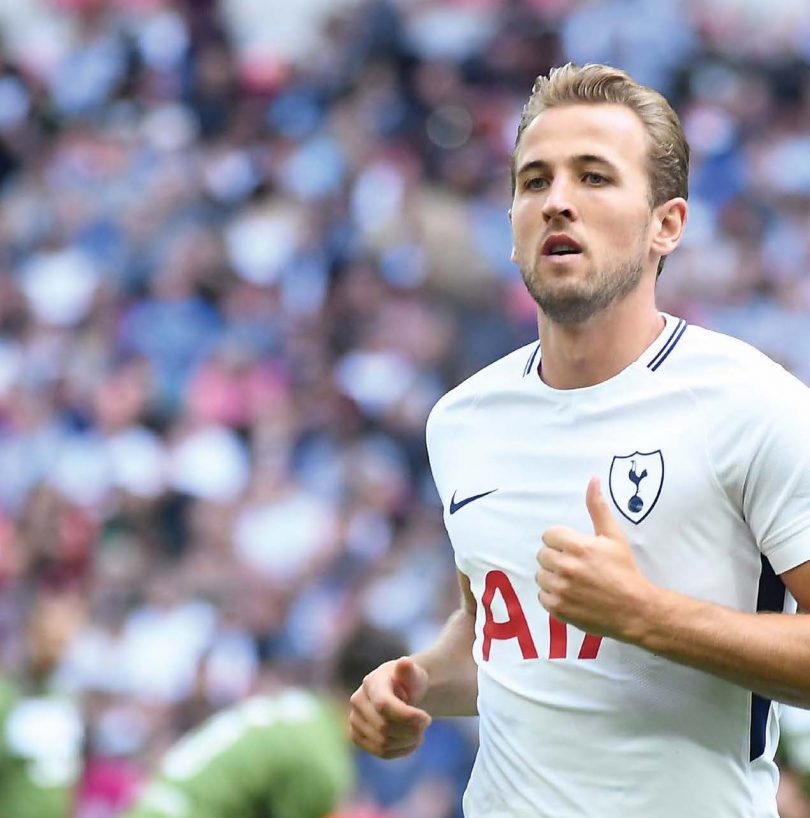Four youth championship wins is unprecedented for English football but is exactly the return the nation’s long-suffering fans have enjoyed in 2017. After years of disappointment, is there finally some light at the end of the tunnel for the Three Lions?
2017 is shaping as a defining year for English youth football. In October, England’s Under-17s produced a stirring performance to defeat Spain 5-2 and win the Under-17s World Cup, just a few months after losing to the same opponent on penalties in the European Under-17s Championship.
That performance was matched by England’s Under- 20s side, which not only won the Under-20s World Cup but also the European U-20s Championship, while an Under- 21s side claimed the invitational Toulon Cup in June. Such success at youth level is unprecedented for the Three Lions and points to a promising future for the senior side after so many years of disappointment.
British football benefits a lot from diversity. Just like France, who have benefited from fielding players of African origin, and the likes of Germany and Belgium who have flourished under the influx of players from Eastern European families that fled the wars, England is catching up on the back of global talent. In the Under-17s squad, eight players from the starting Ⅺ were from African, Asian or Minority Ethnic (BAME) backgrounds, including Golden Boot winner Rhian Brewster, who has a Turkish mother. Winger Jadon Sancho, who is considered one of the country’s brightest prospects, has his origins in Trinidad and Tobago. Midfielder Angel Gomes has Angolan and Portuguese blood.
In the senior squad, diversity is also starting to make its presence felt. Dominic Solanke for example, who has just received his first national call-up after scoring the winning goal in the Under-20s World Cup final, has Nigerian origins. Raheem Sterling, Danny Rose and Kyle Walker are all from Jamaican backgrounds.
Behind this phenomenon of diversity lies the pillar of ideas that has forged English youth football’s revolution. The framework of the Elite Player Performance Plan (EPPP), which was created in 2011 — a year after another England humiliation at the 2010 World Cup in South Africa – aimed to change the landscape of English youth development. A number of key concepts were introduced, including differentiating the categories of the youth academy to ensure the best talents trained at the best youth academy using the best coaches and facilities. Coaching education programs also helped improve general coaching quality. Diversity has been at play here too with coaches from a BAME background heavily involved in all aspects.
Players have been coming through these academies and clubs like Tottenham Hotspur have given them the opportunity to shine in the Premier League. Others who have so far struggled for first team football at giants like Manchester City and Chelsea are biding their time on loan.
And there is movement in the national team ranks. Recognizing the need to start preparing for the future, manager Gareth Southgate has been giving young players the international experience they need since England sealed their place at the 2018 World Cup in Russia. In friendly matches against Germany and Brazil in November, Southgate handed debuts to Solanke, Joe Gomez, Jordan Pickford, Ruben Loftus-Cheek and Tammy Abraham.
This young crop of players is now waiting in the wings ready to pounce on their chance. It is reminiscent of Germany, which spent 10 years revolutionizing its own youth football set-up before winning the 2014 World Cup. England is catching up and it is inevitable that some of these young lions will play their first World Cup next year.
And let’s not forget that some of England’s senior players aren’t that “senior” either! Harry Kane, Dele Alli, Danny Rose, Kyle Walker, Eric Dier – all of these players are examples of how much progression England has made in developing its young talent.







